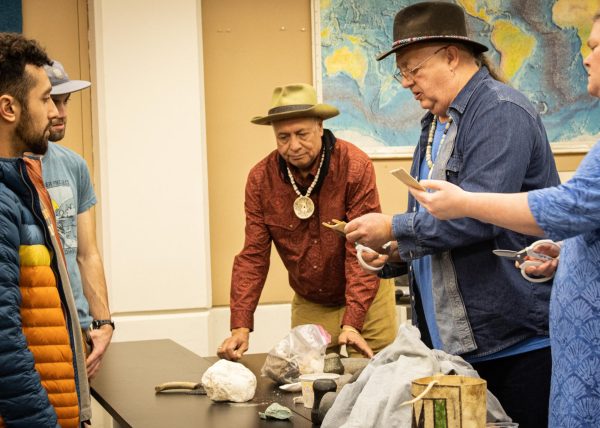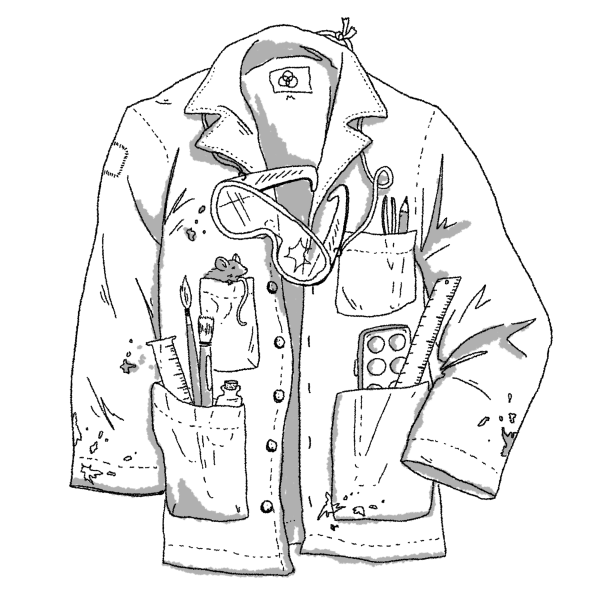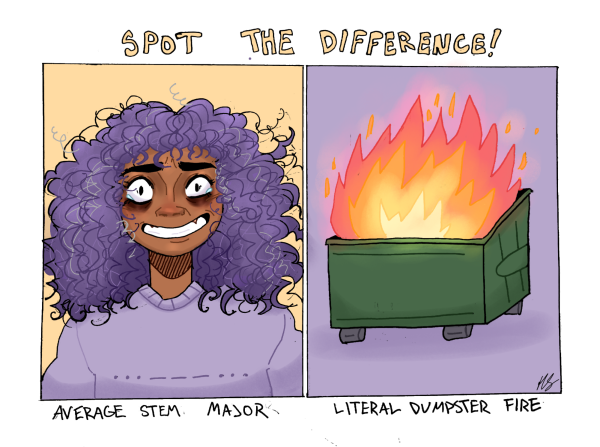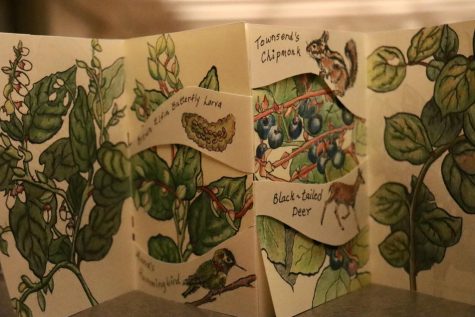Guest presenter brings computational neuroscience and biomedicine to campus
February 23, 2023
On Feb. 13, Caltech MD-PhD candidate and Whitman alumnus Whitney Griggs ’13 presented his work based on his interests in brain-machine interfaces. Griggs’ talk was about using ultrasound as a novel type of brain-machine interface. Covering his life path from 2003 when his interest was born, to his time at Whitman and then beyond to UCLA-Caltech, he described his experiments that intersect mathematics and neuroscience.
“I discussed what brain-machine interfaces are – direct communication between brains and external devices, such as robotic limb, computer cursor or speech decoder. Then [I] discussed what functional ultrasound is – [a] recently invented method that can measure neurovascular activity with high sensitivity, large field of view and good spatiotemporal resolution,” Griggs said. “Then, [I talked about] my experiments combining these two items to develop the first ultrasound-based brain-machine interface.”
Griggs’ audience was composed of students interested in the biology path, along with professors. Junior Bridget Essex intends to pursue research for brain trauma, and thus appreciated the research Griggs had done and its applications. While Essex found the heavy, complex mathematical component of the talk to be challenging at times, she found interest in the distinctive idea of using blood flow to understand brain signals.
“I thought it was interesting using blood. I haven’t really thought of it because when we think about neurons, we’re going to think [about] electrical signals because that’s what we are first trained with,” Essex said. “If we were going to understand brain function, it would make sense for us to watch electrical signals. [When] thinking about blood flow, the movement also makes an equal amount of sense. That hadn’t clicked until that talk.”
Junior Kayla Hinnen went to the lecture for the purpose of understanding how one interprets signals from the brain. She was hoping to know whether she could use Griggs’ findings for a project she’s working on with a friend to control motor actions via analog signals. While not what she had initially expected, the talk provided Hinnen with lots of interesting ideas.
“I thought the idea of measuring blood flow to the brain makes a lot of sense – more blood flow means more brain power being used. Detecting it using ultrasound is a very clever way,” Hinnen said. “The science stuff all makes sense; then everything broke down [to me] the instant he started talking about using the math to interpret it.”
The talk was not just challenging, but it was also beneficial. On Griggs’ educational trek, he pulled himself through multiple attempts on the math and biology path and relearned several lessons. He stressed the importance of failure and how that was a better teacher than his successes, and the importance of asking for help and admitting when he didn’t know something. He wasn’t alone in needing help.
“I have been lucky enough at Caltech to work closely with two postdoctoral fellows on a variety of projects. We each have unique skill sets and have been able to accomplish many projects enabled by the synergism of our unique talents,” Griggs said. “It can be incredibly difficult to admit you don’t know something, but sometimes the best way to learn is admitting you have no idea what is going on and having someone point out your weaknesses or blindspots.”
Working towards a PhD during the pandemic created an unorthodox experience for Griggs.
“My PhD was a very abnormal experience because of the SARS-CoV-2 pandemic. I was unable to do experiments for close to an entire year. I read a lot of scientific literature and adopted a variety of pandemic hobbies,” Griggs said. “An important part of the PhD process is becoming an independent researcher, and the pandemic helped accelerate that process. At a more existential level, coming up with good questions to research and finding questions that motivated me to come into work each day [was an important part of the process].”
In the upcoming months, seniors will have to present their theses to a wide audience. Having experienced the same stress and anxiety, Griggs had advice on how to deal with that time.
“One, practice a lot … Two, think very clearly about what story you want to tell before you start creating your presentation. Write an outline of what you hope to convey. Then at the end, be ruthless in eliminating material if it doesn’t fit within the storyline – it can be hard to eliminate slides or content, especially if you are particularly proud of an analysis or interpretation,” Griggs said. “Three, try to avoid as much jargon as possible, especially if it is not important for your storyline.”
Griggs’ passion for science and math led him to pursue research and a career that can help a wide variety of people. His encouragement to be resilient and reflective in the face of failure and struggle should be an inspiration to other students that seek the same, or similar, paths.








